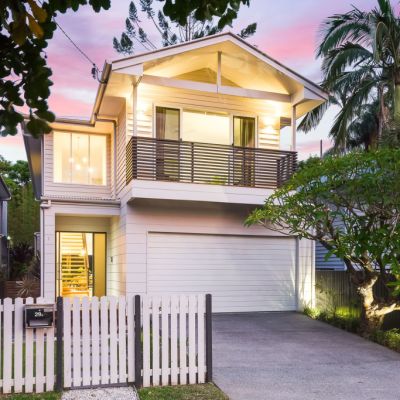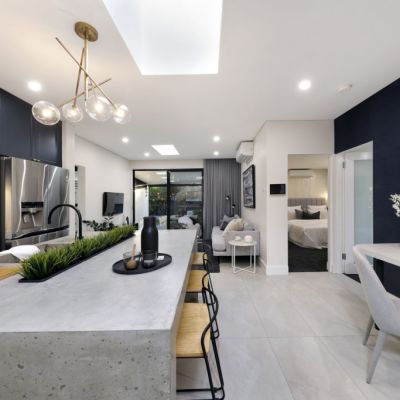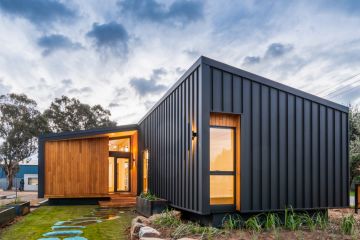How renovation 'scope creep' happens and how to avoid it
Plans are made, material purchased and the demolition in full swing as the renovation gets underway.
But soon the excitement turns to doubt. The power points are not in the right place for your lamp and the toilet would be better against the wall, rather than under the window. A few little changes start to add up.
“Scope creep” is when the initial scope or plan of the build is decided upon, but then unexpected changes start to creep in. It’s not an ideal situation, because usually changes cost more money and extend the timeline of the renovation.
“You have an initial scope, budget and program, and if that goes up, it’s creep,” says Sydney builder and Horizon managing director David Moses.
“Scope creep can be a change in circumstances. New products can come on the market or [clients] could see something they like at someone else’s house.”
Builders put a lot of time and effort into planning a renovation. The tradies need to be coordinated to not only work around each other but also booked in early as they have other jobs to attend to.
When things don’t go to plan and variations need to be made, the builder or project manager has to handle the possible disruptions.
“Often people are keen to get going and start demolition and they haven’t even worked out where their kitchen cabinets are going,” says architect Jennifer Crawford of Our New Home Coach. “It’s a bit scary sometimes.”
Changes to the scope can also be due to unexpected problems, which have to be allowed for. The most thorough plan can be derailed by termite damage, asbestos or unsafe wiring.
“It would be foolish to say that your drawings are 100 per cent,” Crawford says. “Even if you design them as well as you can, especially with older houses, there are always surprises. You’ve got to allow for those.”
How scope creep happens on The Block
Due to the rules of The Block, very minimal prior planning is allowed, meaning scope creep is a weekly occurrence.
“The Block is the definition of scope creep,” says Michael Kirwan of Professional Residential in Melbourne, who was the builder for the winning contestants Hayden and Sara from the Gatwick apartments in 2018.
“There’s no other job like it. You’d never go into somebody else’s house and start renovating and make it up as you go along.”
Without a well-defined plan, making changes along the way wastes time and money.
“Sometimes we came up with a design and then we came up with a better design,” he says. “Sometimes after we started the first one, we didn’t have time to change.
“I’d be ready for the plumber and then have to say don’t come yet, they don’t have the taps. Or they’d change the shower, so we’d have to move the plumbing. So you’d have to pull a sheet of plaster off to fix the plumbing and then put it back on.”
If not well managed or prepared, scope creep can result in an unhappy client. When a renovation exceeds the budget and timeframe, sometimes it’s the builder who often cops the blame.
“Early on when I first started, I used to keep a list of all the variations and then provide an invoice at the end. Then I had some blowback when there were quite a few extras,” says Kirwan. “I was very green back then.”
- House 1, Harry and Tash: 364 New Street, Brighton
- House 2, Sarah and George: 362B New Street, Brighton
- House 3, Daniel and Jade: 362A New Street, Brighton
- House 4, Luke and Jasmin: 360B New Street, Brighton
- House 5, Jimmy and Tam: 360A New Street, Brighton
Ways to avoid scope creep
Nowadays, it’s common for builders to stay on top of scope creep using software. Clients are required to sign and pay every time a variation is made.
Moses says, “If you can try, don’t change your mind. Make decisions early and try and keep to those decisions because if you change them, it can cost you.”
We recommend
States
Capital Cities
Capital Cities - Rentals
Popular Areas
Allhomes
More










